Today, we would like to talk about the differences between men and women. You might say that you’ve known about these differences for your entire life, but it’s not that simple. We are sure that we’ll be able to highlight a few facts you’ve never heard of before. And in the bonus section, you’ll find out where the fashion for high heels came from.
The length of fingers
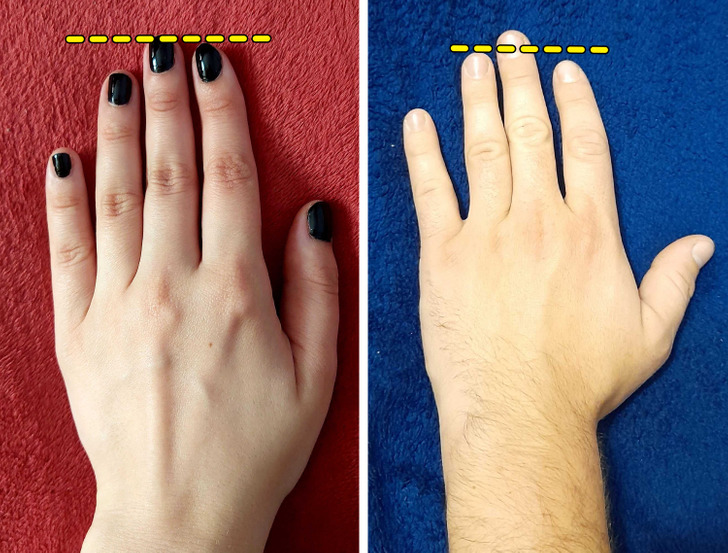
Let’s conduct a short experiment. Place your hand on a flat surface and compare the length of your index and ring fingers. In general, in women, the index finger is longer. In men, the ring finger is longer. How can this be explained?
According to scientists, the length of these fingers depends on the level of male and female hormones that affect the fetus in the womb. So, the reason why the ring finger is longer than the index finger in men is testosterone.
The skin on the heels
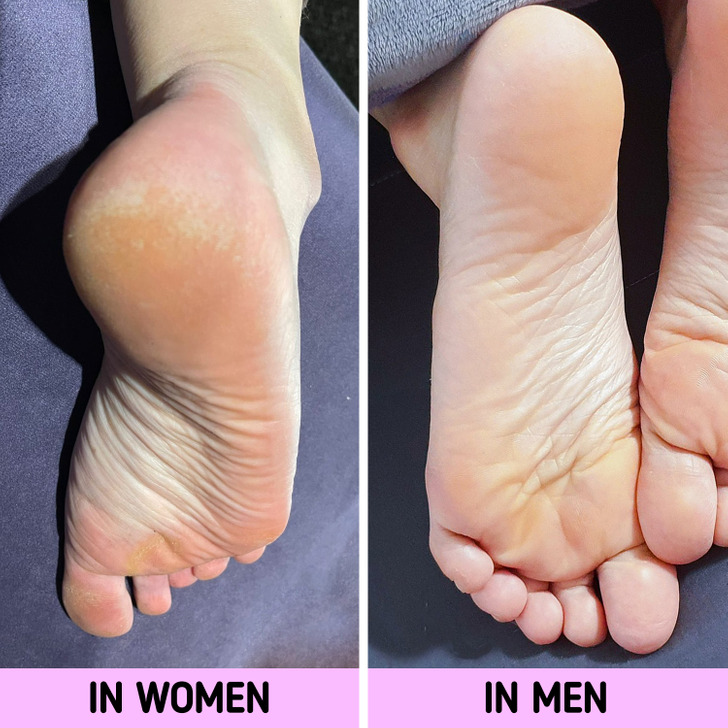
Scientists have found out that women’s skin is more hydrated in the décolleté area and on the hands. Only the skin on their heels is dryer than that of men. So, in equal conditions, men’s heels will be smoother.
Breast
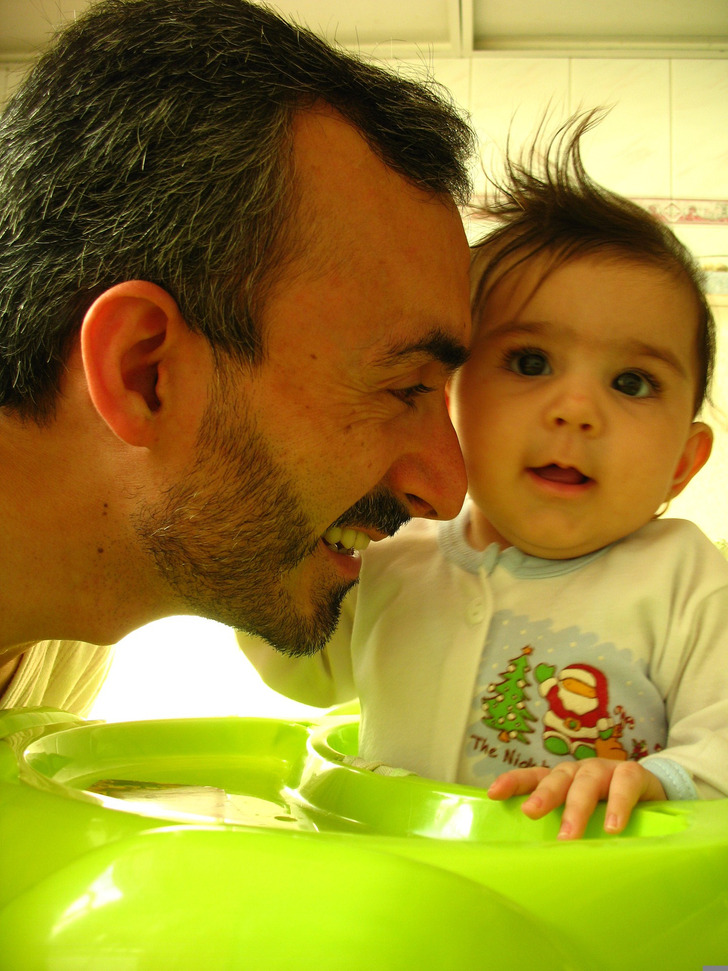
You might think, “Why would a man need nipples?” It might sound strange but every person was initially female. When an embryo begins to develop in the womb, the male Y chromosome doesn’t immediately start working.
During the first 5-6 weeks, development occurs only under the influence of the X chromosome, so the nipples have enough time to form. If the embryo is male, the Y chromosome “turns on” after this period of time, and a boy is formed.
Men can even produce milk. Lactation is activated under special conditions, for example, it may appear during treatment with the hormone prolactin.
Vision

Women are better at seeing colors, but men are good at tracking fast-moving objects. This is probably linked to our hunter-gatherer past when men were hunters and women were gatherers.
For example, an orange may appear redder to a man than to a woman. The grass is almost always greener for women because green objects appear more yellow to men.
Gaining muscle mass
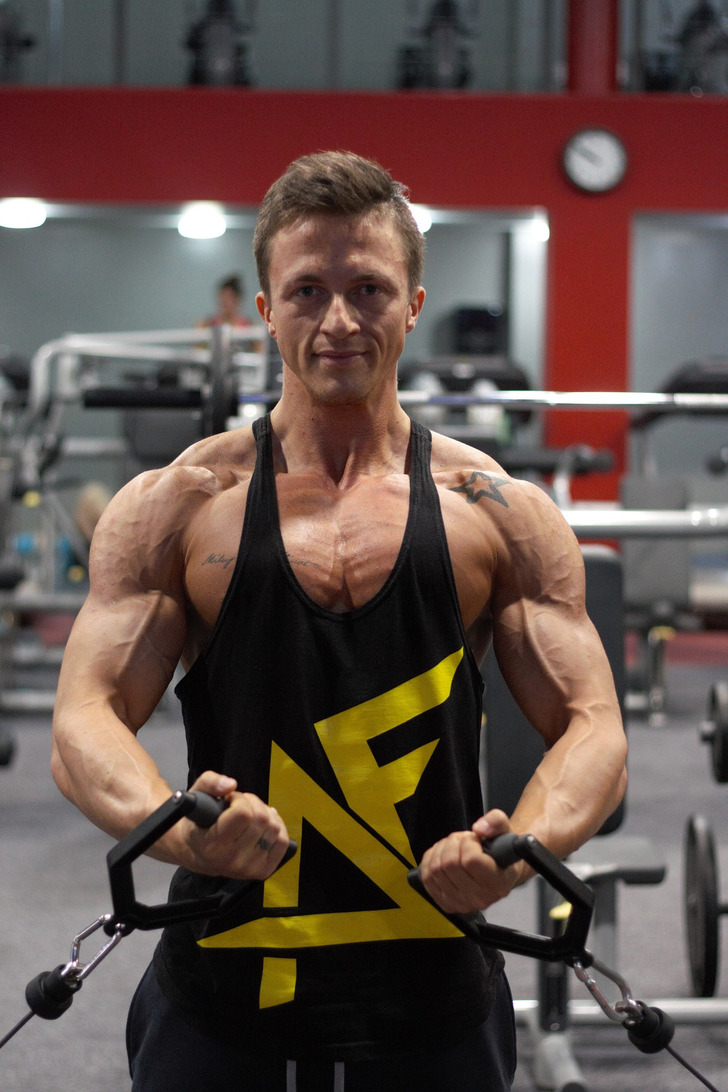
Many women have to go to the gym regularly to have a toned body, while a man can just lift a barbell a couple of times to get a 6 pack. So, what is the “ingredient” responsible for muscle development? If you guessed testosterone, you’re right.
In women, it is also produced, but in much smaller quantities. So, it is easier and faster for men to gain muscle mass.
Hair loss

Going bald after the age of 50 is typical for around half of men (and for a quarter of women too). The reason for this is a widespread hereditary disease, androgenetic alopecia, which is also called “male pattern baldness.” Due to this condition, hair follicles shrink, and hair becomes thinner and shorter, and eventually disappears.
Follicle shrinkage can be caused by sensitivity to dihydrotestosterone, a by-product of testosterone. This means that the more muscle-building hormone a man has, the more likely it is that he will become bald.
Adam’s apple

Both men and women have an Adam’s apple, but it’s more prominent in men. Why? The Adam’s apple is the cartilage that protects our vocal cords. It is formed during puberty. Since adult men have larger vocal cords, their Adam’s apple is also more prominent.
By the way, the larger the Adam’s apple, the deeper the voice. There is a theory that our ancestors needed a low voice in order to scare away predators.
Brain size
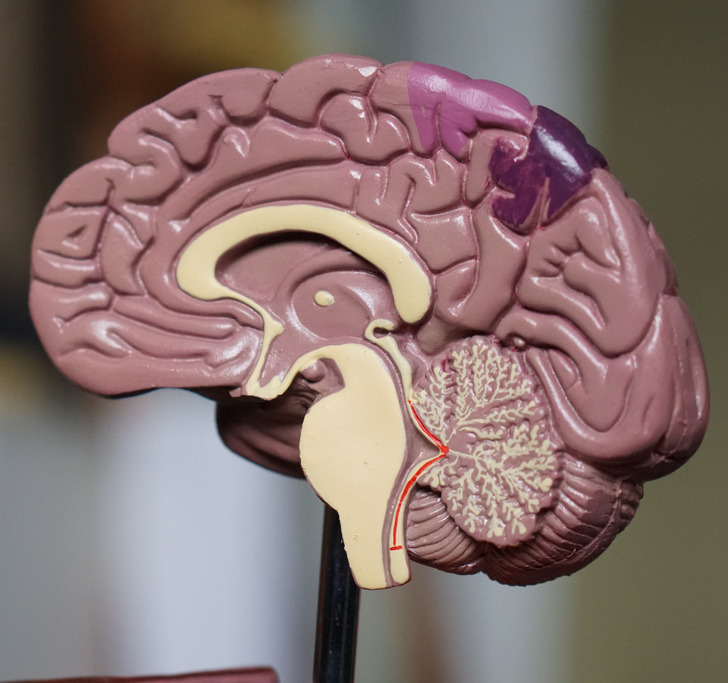
A man’s brain is larger than that of a woman, but this doesn’t mean that men are intellectually superior to women. Also, some parts of the brain in both sexes are different in size and work differently. For example, the hippocampus, which is involved in learning and creating memories, is larger in women. And the amygdala, which is associated with experiencing emotions and remembering them, is larger in men.
Scientists conducted an experiment: they showed the subjects a video so that they could recall some personal experiences. It turned out that in men, activity was observed only in the right amygdala, and in women, only in the left one.
Beard
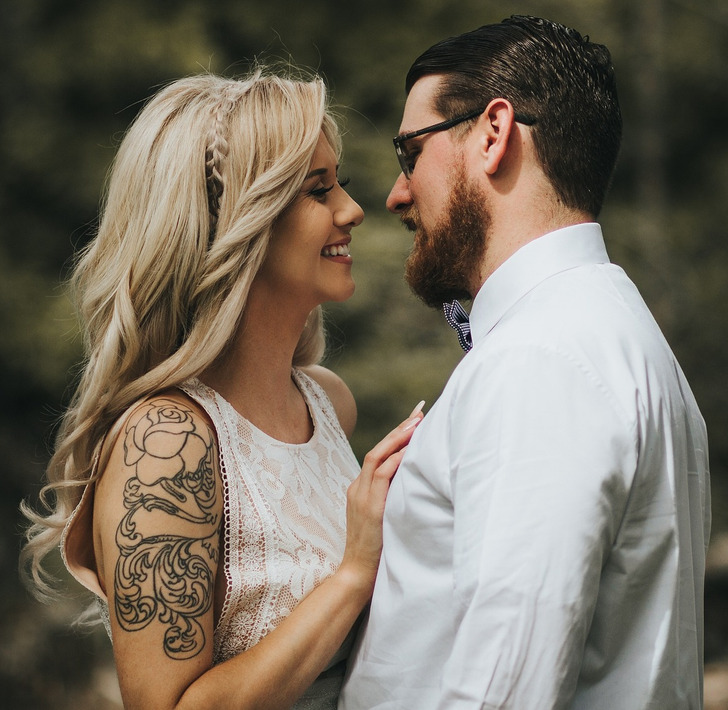
At first glance, it might seem that a beard doesn’t provide any benefits. So, why does it grow? There is a theory that the jawline looks more massive thanks to a beard, so its wearer looks stronger and more masculine. Perhaps, our female ancestors tended to choose men with a thick beard as their partners because they thought they would produce healthy offspring with them.
Bonus: Heels
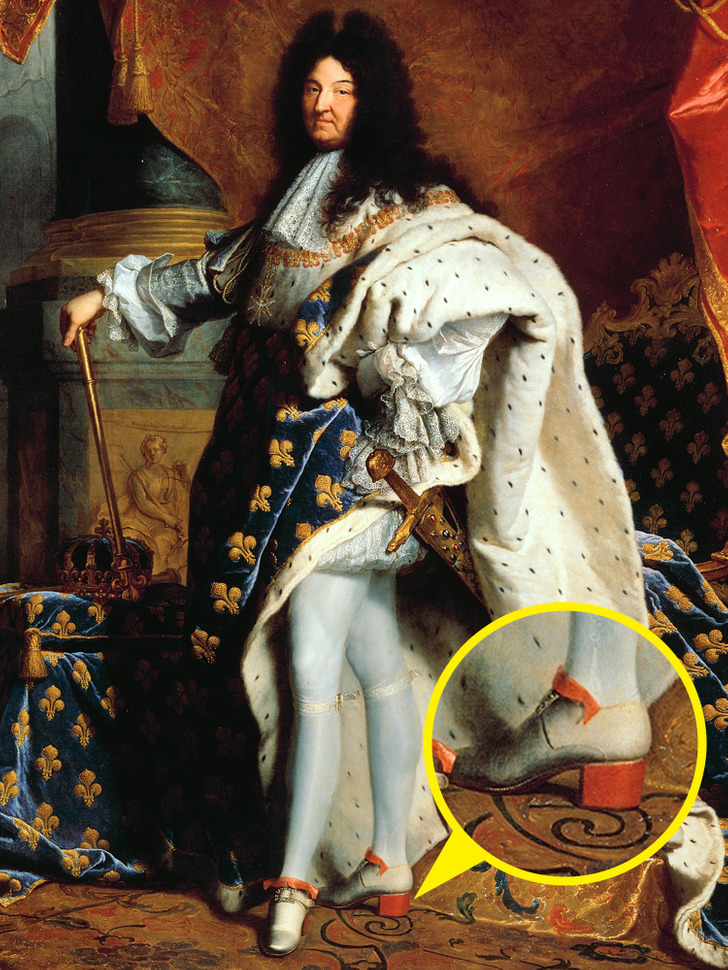
Nowadays, high heels are one of the symbols of femininity, aren’t they? However, in the 17th century, Persian riders used to wear one-inch heels. And since owning horses was a symbol of wealth, heeled shoes also came to signify money and power. The Persians then brought their fashion to Europe.
The French king Louis XIV became a big fan of heels. He even issued a decree according to which only nobles were allowed to wear heels. The higher and redder the heel was, the more powerful the wearer was.
The Sun King only allowed those who he favored the most to wear red heels. But since the 18th century, heels have become a purely feminine attribute, although this didn’t stop rock stars like David Bowie and The Beatles from wearing them.
Which facts mentioned in this article were new to you? Tell us in the comments below.
Preview photo credit 16704029 / Pixabay
Weekend Puzzle Fun: Can You Find the Hidden Objects in This Balcony Gardening Scene?
If you love brain teasers and challenging puzzles, you’re in for a treat! This balcony gardening scene is more than just a beautiful illustration—it contains hidden objects cleverly concealed within the image. Your task? Find them all!
At first glance, everything might seem perfectly normal, but if you look closely, you’ll notice that some objects are not where they should be. Can you spot all the hidden items in this vibrant and lively balcony garden? Take a deep breath, sharpen your focus, and let’s begin!
Why Spotting Hidden Objects Is Harder Than You Think

Before we dive into the solution, let’s talk about why finding hidden objects is so challenging.
Many people make common mistakes when attempting to solve these types of puzzles. Here’s why:
- Our brains focus on the bigger picture – We tend to look at the entire scene instead of noticing small, misplaced details.
- Background distractions – With so many colors and patterns in a single image, it’s easy for hidden objects to blend in.
- Misleading elements – Some objects are cleverly camouflaged with similar shapes or colors to trick your eyes.
- Rushing through the puzzle – If you scan too quickly, you might overlook tiny details that make all the difference.
So, what’s the best approach? Slow down, examine each area carefully, and let your mind adjust to finding irregularities.
Video : Find It – Hidden Object Games
Step-by-Step Guide to Finding the Hidden Objects
Let’s analyze this balcony gardening scene and reveal all the hidden objects one by one. Follow along to see if you’ve found them all!
1. The Horseshoe Near the Balcony Edge
A horseshoe is cleverly placed near the railing. Since it matches the metal bars, it blends in seamlessly. Tip: Always check objects that look slightly off from their surroundings!
2. The Banana Hidden Among Flower Pots
Look closely at the flower pots—you’ll notice something yellow peeking out. That’s a banana tucked between the pots! Tip: Unusual shapes among plants are often a good hint for hidden objects.
3. A Bow Hanging on a Tree
Among the lush greenery, a small bow is attached to a tree branch. It blends in because of the similar color tones. Tip: Hidden objects are sometimes placed in natural settings where they don’t belong.
4. A Toothbrush Leaning Against the Balcony Railing
A toothbrush is barely noticeable because it matches the background. It’s leaning on the railing, almost camouflaged. Tip: Look for small, vertical objects that could be hiding in plain sight.
5. A Pencil in the Corner Next to a Plant
This one is tricky! A pencil is partially hidden in the plant leaves. It looks like a natural part of the plant at first glance. Tip: Pay attention to thin, straight objects that could resemble plant stems or branches.
6. A Magnifying Glass on a Leaf
A magnifying glass is resting on top of a large leaf. It’s transparent, which makes it harder to see. Tip: Check for objects with circular reflections or glass-like appearances.
7. A Flag Sticking Out Behind a Flower Pot
A small flag is partially visible, peeking from behind a pot. Since it’s in the background, it’s easy to miss! Tip: Always check the edges of the image for hidden surprises.
8. A Paintbrush Lying Next to the Watering Can
A paintbrush is discreetly placed beside a watering can. Its wooden handle blends with the surroundings, making it tough to spot. Tip: Look at areas where gardening tools and artistic tools might mix together.
9. A Diamond Ring Buried in the Soil
Hidden in the pile of soil, a diamond ring sparkles faintly. It’s hard to see because it’s partially covered by dirt. Tip: Shiny objects are often placed in dull environments to hide them better.
10. A Cupcake Sitting on the Window Ledge
A small cupcake is positioned on the windowsill, blending in with the potted plants. The colors make it look like part of the flowers, making it tricky to identify. Tip: Always check window areas for unexpected objects.
11. A Ruler on the Balcony Floor
A ruler is discreetly lying on the floor among the gardening tools. Since it’s long and thin, it blends into the scene perfectly. Tip: Watch for straight-line objects that mimic flooring patterns.
12. A Spoon Inside a Flower Pot
A spoon is strangely placed inside a flower pot. At first glance, it looks like part of the soil. Tip: If something shiny catches your eye, take a second look!
13. A Small Bell Attached to the Balcony Railing
A tiny bell is fastened to the side of the railing. It’s positioned so it almost disappears into the metal bars. Tip: Look for circular objects that blend into structures.
14. A Worm Hiding in the Soil
A tiny worm is camouflaged in the brown soil. Its curved shape mimics small plant roots, making it difficult to detect. Tip: Pay attention to small details in textured areas like dirt or leaves.

How Many Did You Find?
This puzzle tests your ability to observe details carefully. Some objects were obvious, while others were expertly hidden within the scene. If you found them all, congratulations—you have an eagle eye for detail!
If you missed a few, don’t worry. Hidden object puzzles are great for sharpening your brain and improving your ability to notice small changes.
Video : Can You Find the Hidden Objects in These 09 Pictures ?
Challenge Your Friends!
Think you did a great job? Share this puzzle with your friends and see if they can find all the hidden objects too!
Drop a comment below with how many objects you found before looking at the answers!
Tag a friend and challenge them to beat your score.
Try more spot-the-object puzzles to train your brain and have fun!
Are you ready for the next challenge? Stay tuned for more puzzles that will test your skills!
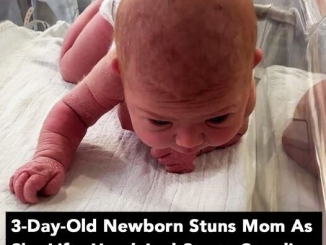


Leave a Reply